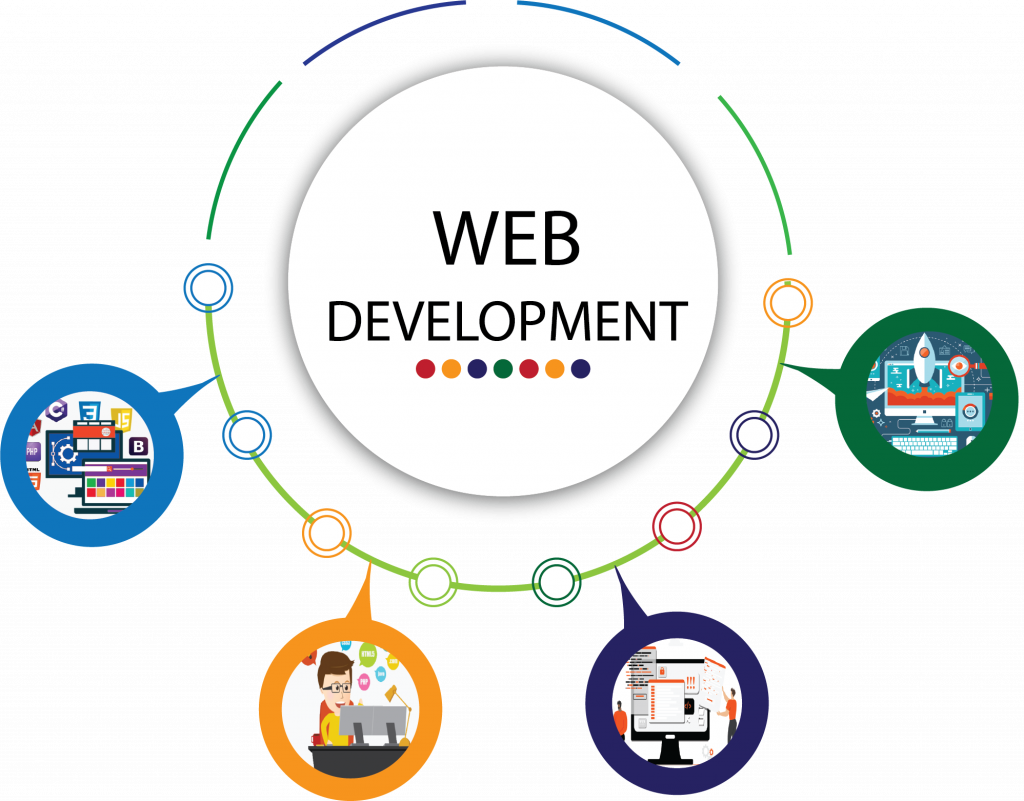How to make an ai
Creating an AI involves natural language processing NLP and machine learning techniques. One of the most common approaches is to finetune a pretrained language model like GPT3 or its successors e.g. GPT4.
Collect and Prepare Data:
Gather a large and diverse dataset of text including articles essays and other written content.
Preprocess the data by cleaning and tokenizing it. This step is crucial for training the model effectively.
Select or Build a Model:
Choose a pretrained language model like GPT3 GPT4 or another relevant model.
If you want to build your own model you can explore architectures like transformers and train them on your prepared dataset. However this typically requires substantial computational resources.
FineTuning If Necessary:
Depending on the chosen model you may need to finetune it on your specific task or domain to make it more effective at generating articles. Finetuning involves training the model on your dataset and adjusting its parameters.
Develop the Generation Process:
Create a script or application that interfaces with the AI model. You can use Python and libraries like Hugging Face Transformers to do this.
Define parameters for the article generation such as the desired word count 1500 words and any specific topics or styles you want.
Generate the Article:
Input a prompt or initial text to kickstart the article.
Allow the AI model to generate text progressively until it reaches the desired word count.
Implement logic to ensure the generated content makes sense and adheres to grammatical and stylistic guidelines.
Review and Edit:
It essential to have a human editor review and edit the generated article. AIgenerated content can still contain errors or lack coherence.
Feedback Loop Optional:
If you plan to use the AI for ongoing content generation you can set up a feedback loop where editors provide feedback on the AIgenerated content. This can help improve the model over time.
Deployment:
Integrate the AI article generator into your workflow or platform if you plan to use it regularly.
Ethical Considerations:
Be aware of ethical considerations regarding AIgenerated content including plagiarism bias and misinformation. Ensure that the generated content complies with ethical standards and legal regulations.
Remember that AIgenerated content should ideally complement humanwritten content and not replace it entirely. Human oversight is crucial to ensure quality and ethical standards are maintained. Additionally keep in mind that AI models may have limitations and biases so it essential to monitor and improve their performance continuously.



